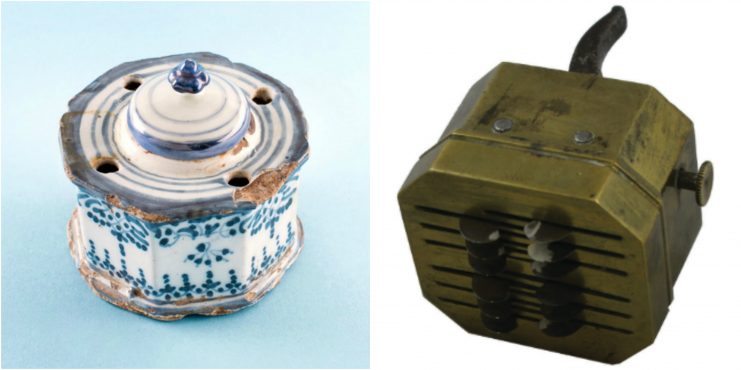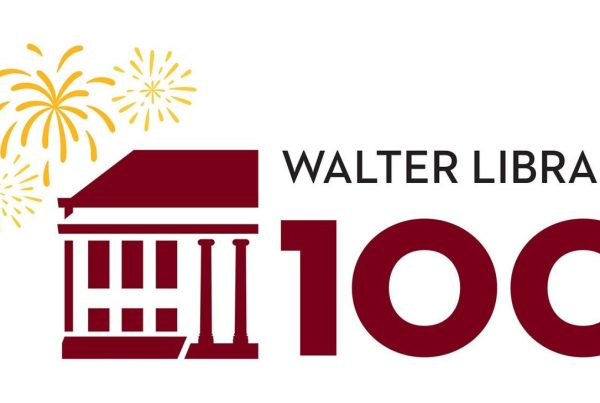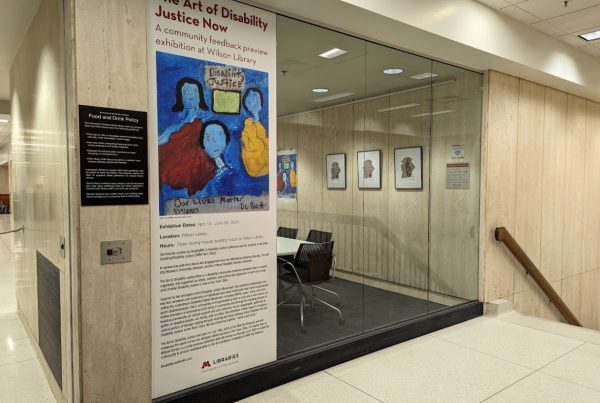By Kaylee Morlan

Kaylee Morlan
As a simultaneous University of Minnesota student and a Wangensteen Historical Library of Biology and Medicine (WHL) employee, I have had an experience with using special collections library materials for my classes that few other students do.
During my time working at WHL, I have had two of my courses visit the library. Being able to pull books and set up the reading room for my own class is exciting, but there’s more to the experience than just being the first to know what you’re going to discuss during lecture.
Classes at WHL
In the Fall 2020 semester, I took a history course called Age of Curiosity that focused on art and science in renaissance Europe.
My enrollment in this course helped me most as a library employee, as I got to learn more about the significance of scientists such as Andreas Vesalius and Albrecht Dürer (whose works I knew WHL owned, but I did not know much about).
Coming into my job at WHL, I had next to no knowledge about the history of science, so Age of Curiosity helped me understand the importance of the books I was able to handle every day.
In the Spring 2020 semester, I took Hands on History, a course about 1790s America. If Age of Curiosity helped me to understand the library, then the library helped me to understand Hands on History.
WHL has a substantial number of bloodletting tools in its collection, including leech jars, artificial leeches, and scarificators. Bloodletting was a medical technique used for centuries, based on the theory that drainage of the blood from the body could be utilized to prevent or treat disease.
I used my knowledge of these artifacts from working with them in the library to better contextualize the Yellow Fever outbreak of 1793, the topic we visited WHL to study.

Leech jar (left) used to hold leeches for medicinal purposes. Scarificator (right) used to create incisions in the skin for bloodletting.
Understanding the role of archival material
My involvement in the sharing of primary sources with my classes as a library employee gave me the chance to be involved in all steps of the learning process; from sharing content to receiving and digesting information.
When I set up the WHL reading room for Hands on History, I made the choice to organize material based on both chronology and subject matter.
Watching my peers learn and conceptualize the material in this organized form led me to understand how the presentation of source material has a large impact on the understanding of information. If I had simply set up the books and artifacts in a random order, the perspective of time would have been lost, or much more difficult to grasp.
Stepping outside of the historical box
As a history major, my area of focus is primarily World War II and the Holocaust, so working in a library focused on biology and medicine with a short list of books from the 20th century was a step outside of my comfort zone. The well-rounded nature of my history courses so far has led me to my job at the WHL and has helped me continue to learn about the library as I expand my historical knowledge.
The past interconnects in unexpected ways, and the WHL is where I have come to appreciate this interconnection the most.




